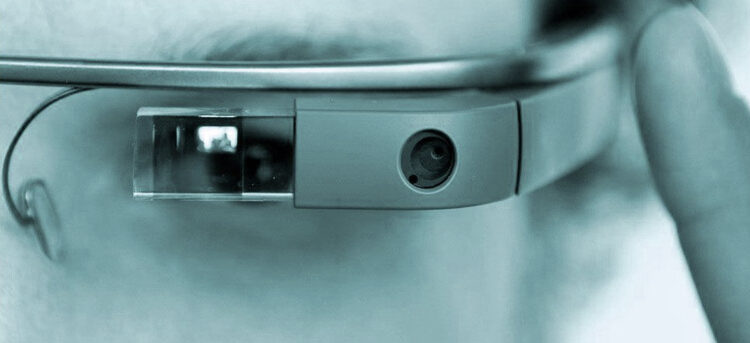
The TTY or teletypewriter devices help the hearing and speech impaired. However, the intention of using these devices was something else initially. The purpose of their design was to use the device with landline phones. Today, both landlines and smartphones use this device. An individual with speech impairment types a message on the TTY machine. The machine then sends the message through a phone line or mobile network.
The TTY machine will also turn voice messages into text messages. This sounds a lot like text messaging of the mobile phones in use today. However, the TTY machines perform more seamless functions. Its users can communicate continuously as a part of one conversation. The constant message notifications and updates will not disturb them.
You’ll find the TTY mode in many of the mobile phones today. It allows these phones to function as TTY devices. Depending on your phone manufacturer, it might have a built-in TTY software. This mode in the mobile phone allows you to connect it to an external TTY device. Most of the phones have three different modes of TTY in them.
One is TTY Full, which enables both the sender and receiver to send TTY messages for communication. The second mode is TTY VCO, which is for deaf users who can send their messages through voice. However, they’ll need to receive messages on a TTY text display.
The TTY HCO mode enables users to receive voice messages, but they need to send text messages. In recent times, physical TTY devices have become fairly outdated. Most individuals now use TTY mode on their mobile phones or use any of the alternative methods. Now, let’s take a look at some of the alternative communication options for the deaf:
Text messages
Text messaging is the easiest means of communication for individuals with hearing and speech impairments. It is also the most effective means of communication for such people. Sending and receiving text messages is easy and available on every mobile phone today. The best aspect of text messaging is that it doesn’t need any extra setup.
Video calls
The popular apps for video calling today has made life easier for the hearing impaired. They can now communicate easily through video calls using sign language. Individuals with hearing disabilities can also use the video conferencing feature to communicate with a group of friends.
All members in the group can see each other on the screen and communicate easily using sign language. Among the most effective apps used for video, calling are Skype, Zoom, and WhatsApp.
Video relay services
A Video Relay Service (VRS) is one of the forms of Telecommunications Relay Service (TRS). It enables people with hearing impairments to communicate using the American Sign Language (ASL). A piece of video equipment does this job instead of typing text with the users of the voice telephone. The video equipment used in this form of communication links the user of VRS with a communications assistant (CA).
This enables the VRS user and CA to see and communicate with each other using sign language. A Video Relay Service has become a popular form of Telecommunications Relay Service today. This is because the conversation between the VRS user and CA takes place at a faster pace.

